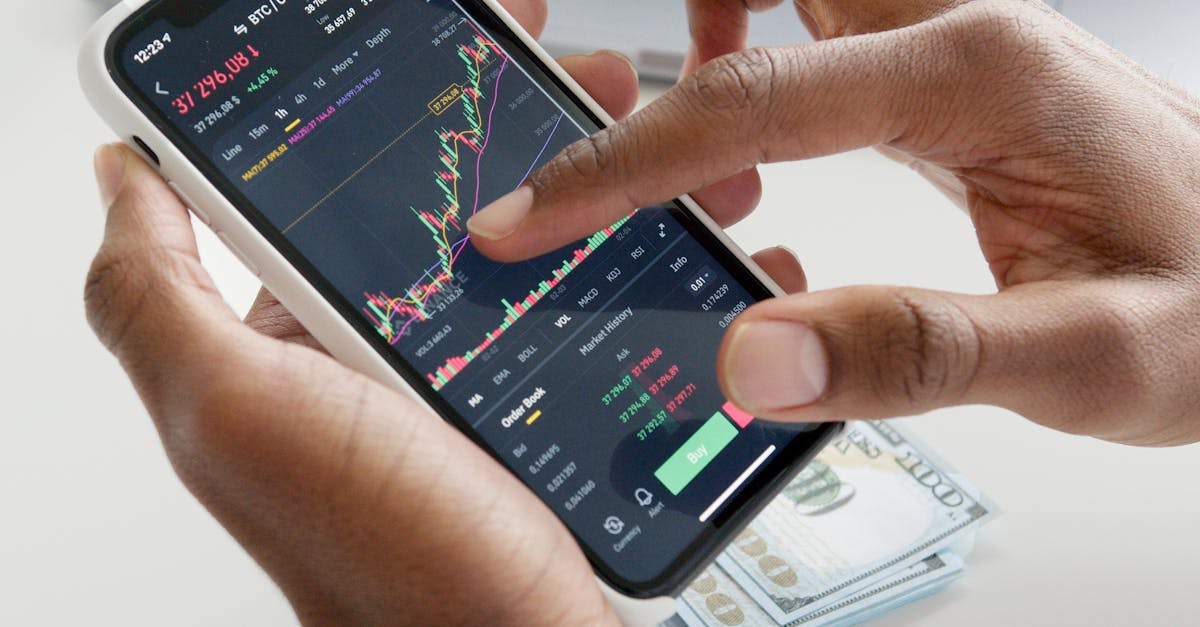As technology evolves, so does the way we manage our finances. Mobile banking has gained immense popularity due to its convenience and accessibility. However, it comes with its own set of risks that may not be as pronounced in traditional online banking. Understanding these risks is crucial for users who want to protect their financial information. Below is a detailed comparison of the risks associated with mobile banking compared to online banking.
| Risk Factor | Mobile Banking | Online Banking |
|---|---|---|
| Security Vulnerabilities | Higher risk due to app vulnerabilities | Generally more secure with robust firewalls |
| Device Theft | Lost or stolen devices can lead to unauthorized access | Less risk as access is usually from a personal computer |
| Public Wi-Fi Risks | More exposure to hacking on unsecured networks | Lower risk when using secure connections |
| Phishing Attacks | Mobile users are often targeted through SMS and apps | More common through emails, but easier to identify |
| Outdated Software | Users may neglect app updates, increasing vulnerability | Typically managed by IT departments in organizations |
| Limited Security Features | Less comprehensive security measures compared to online platforms | More layered security protocols in place |
| App Store Risks | Malicious apps can be downloaded unknowingly | Less risk as users access banks through secure websites |
Security Vulnerabilities
Mobile banking applications often face higher security vulnerabilities due to the nature of app development. Many apps are created by third-party developers who may not adhere to strict security protocols. This can lead to flaws that hackers can exploit, making mobile banking riskier than the more controlled environments of online banking platforms which typically have robust security measures in place.

Device Theft
With mobile banking, the risk of device theft significantly increases the chances of unauthorized access to sensitive financial information. If a user’s smartphone is lost or stolen, a malicious actor could easily access banking apps and sensitive data unless proper security measures, such as biometrics or strong passwords, are in place. On the other hand, online banking is usually conducted on personal computers that are less likely to be stolen.

Public Wi-Fi Risks
Using mobile banking apps over public Wi-Fi networks poses significant risks. These unsecured networks can allow hackers to intercept data transmitted between the user’s device and the bank, leading to potential identity theft or financial loss. In contrast, online banking is often conducted on secure home networks that are less susceptible to such attacks.

Phishing Attacks
Mobile banking users are frequently targeted by phishing attacks through SMS and mobile applications. These scams can trick users into providing sensitive information by mimicking legitimate banking communications. While online banking is also at risk of phishing, the methods used (like email) are generally easier for users to identify and scrutinize for authenticity.

Outdated Software
Many mobile banking users neglect to keep their applications updated, leaving them vulnerable to the latest threats. App updates often include crucial security patches that protect against known vulnerabilities. In contrast, online banking systems are usually maintained by IT departments that ensure software is regularly updated and secure.

Limited Security Features
Mobile banking apps often lack the comprehensive security features that online banking platforms provide. While many banks offer two-factor authentication for mobile apps, the overall security infrastructure is typically not as robust as that of online banking, which can include advanced encryption and secure access protocols.

App Store Risks
The risk of downloading malicious applications is a significant concern in mobile banking. Users may unknowingly download fraudulent apps that mimic legitimate banking applications, putting their personal and financial information at risk. In contrast, online banking is accessed through secure, established websites, reducing the likelihood of encountering malicious software.

FAQ
Is mobile banking safe?
Mobile banking can be safe if users take necessary precautions such as using strong passwords, enabling two-factor authentication, and ensuring their devices are secure. However, the inherent risks associated with mobile devices make it riskier than online banking in some aspects.
What should I do if my mobile banking app is compromised?
If you suspect that your mobile banking app has been compromised, immediately contact your bank, change your passwords, and monitor your accounts for unauthorized transactions. It is also advisable to uninstall the app and reinstall it after ensuring your device is secure.
How can I protect myself while using mobile banking?
To protect yourself while using mobile banking, ensure your device has updated security software, avoid using public Wi-Fi for banking transactions, enable biometric authentication, and regularly monitor your bank statements for any suspicious activity.
Are online banking and mobile banking equally secure?
While both online and mobile banking have security measures in place, online banking generally offers a more secure environment due to the nature of its access and the robust security protocols implemented by financial institutions.
References:
– [Consumer Financial Protection Bureau](https://www.consumerfinance.gov/)
– [Federal Trade Commission](https://www.ftc.gov/)
– [National Cyber Security Centre](https://www.ncsc.gov.uk/)

